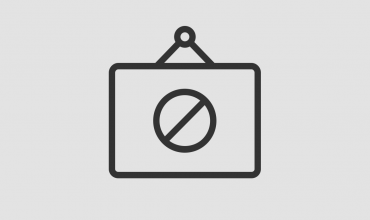Zoho Workflow Management Rules – Types of Workflows
Workflow management rules are the heart of your workflow. With the proper tools, you can simplify tasks, identify bottlenecks and automate routine tasks. Even the most well-planned plans can be undermined by unexpected events or employee mistakes. A workflow management system can alert you to potential problems before they turn into major issues and can aid in avoiding lasting damage by resolving these issues quickly.
There are a variety of workflows, based on how complex your workflow is. Sequential workflows are the result of a series of steps that must be executed in a sequential manner. A step can’t begin until the previous one is completed. State-machine workflows require input from several team members, and often go back and forth until the task is completed. Rules-driven workflows follow a sequence, but they also include additional rules. They are typically designed as conditionsal statements like “if this then that”. Parallel workflows are designed for completion of many tasks at the same time.
You can use Zoho’s Workflow program to create and configure rules that will monitor and process any record according to specified conditions. You can send automated emails to the https://managingworkflow.org/2021/12/11/how-to-use-business-process-optimization-to-improve-your-workflow-management/ person who submits or approves of the record when the rule triggers. A workflow rule can be used to change field values automatically.
If you are building workflow rules for records, be sure that your approval and assignment processes are properly set-up to avoid conflicting assignments. For instance, you might need to assign a different approver for incidents according to their severity (e.g. high severity vs. low severity incidents). It is possible to determine whether there is a conflict between rules when you look through the log of workflow rules. This log is available in the event that you have Manage Workflow Rules or the larger system logs enabled.


